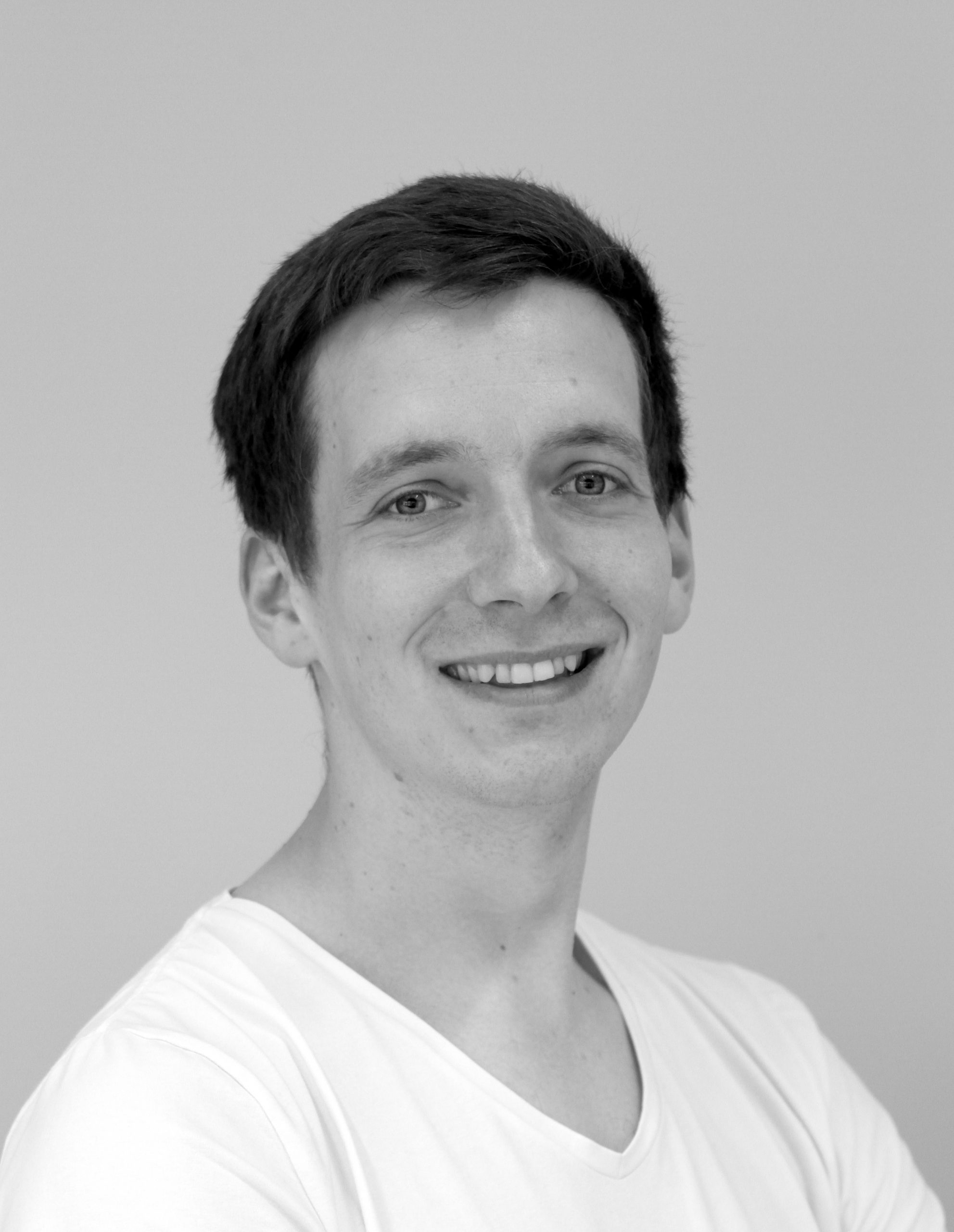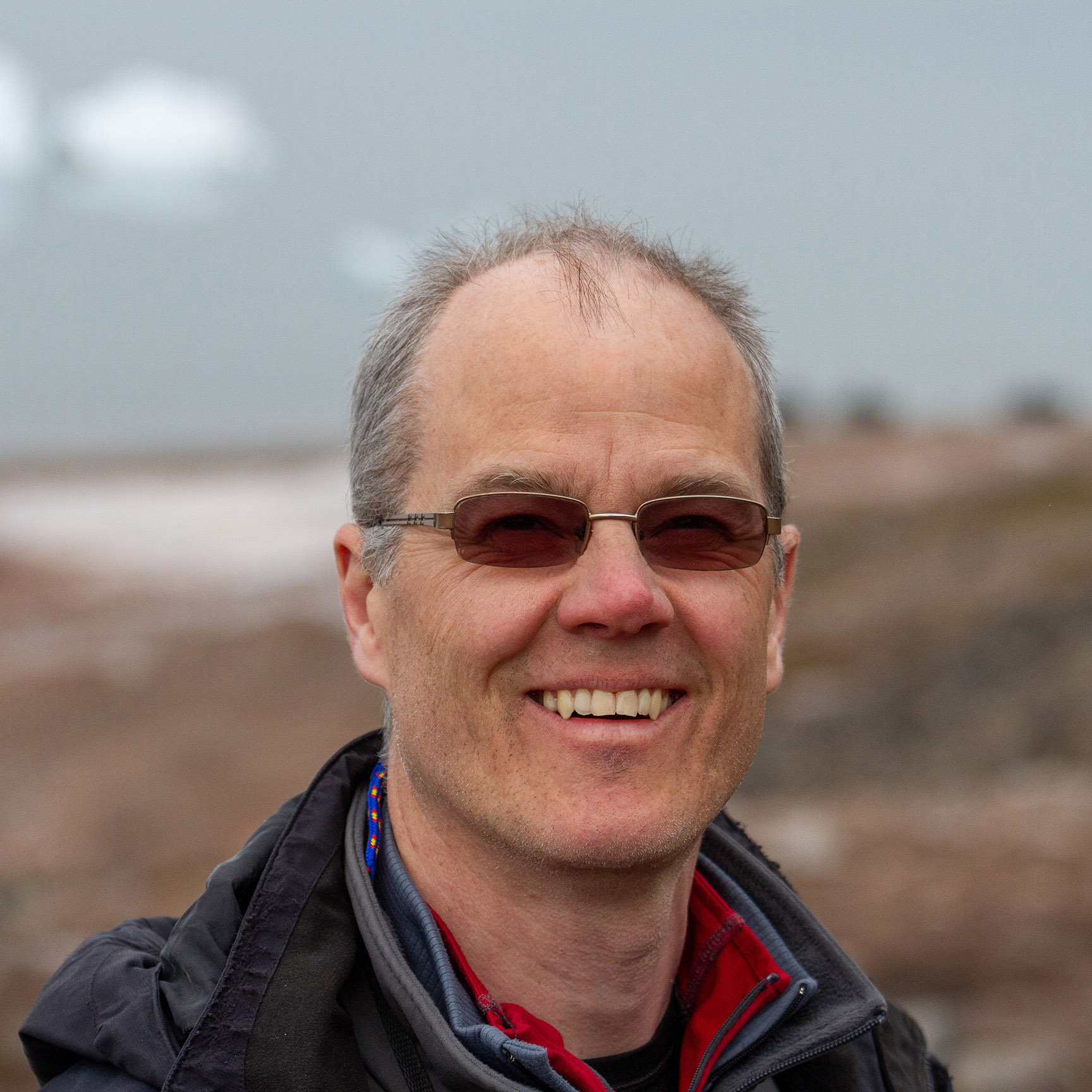By Nikola Stikov

This MRM Highlights Pick interview is with Henric Rydén and Stefan Skare, researchers at the Karolinska University Hospital and Karolinska Institutet in Stockholm, Sweden. Their paper is entitled “RARE two‐point Dixon with dual bandwidths”. They used dual readout bandwidth to eliminate dead times as a means of improving SNR in fat/water separation imaging. This paper was chosen as this month’s Reproducible Research pick because, in addition to sharing some of their code, the authors also shared some nice interactive versions of their figures.
*NEW: Please follow our LinkedIn page to stay up to date with the latest MRM Highlights content: https://www.linkedin.com/company/mrm-highlights
MRMH: To start off with, Henric, how did you get into MRI and how did you end up working with Stefan?
Henric: My interest in MRI began when I was a medical physics undergraduate student in Gothenburg. In 2010, the ISMRM annual meeting was held in Stockholm and because a professor of mine helped organize it, some of us got the chance to go. After attending the conference, I started talking to researchers from the Freiburg group, as I had noticed that this group was well represented at the meeting. As a result, I ended up working with Thomas Lange for half a year. Later on, just about the time I heard that Stefan was coming back to Sweden, a clinical position opened up in Stockholm. I applied and got the job, and after working there for several years, decided to do a PhD under Stefan’s supervision. Actually, I will be defending my PhD thesis in September.
MRMH: Good luck with that! And Stefan, I only know you from our time at Stanford. How did you end up in the field of MRI?

Stefan: My links with the Karolinska Hospital date back to ’94, back when we had only one MRI scanner for the entire hospital. Now we have 25, I think! My interest in MRI started during my time in the hospital physics program, when I decided I wanted to do my thesis work in MRI. At Karolinska I did a little bit of support work for staff, a little bit of research, and then also my PhD in 2002. I was then invited to do a postdoc with Roland Bammer at Stanford.
MRMH: Could you explain what fat/water separation is and why the Dixon method is important?
Henric: Fat/water separation is a technique where you acquire both water and fat signals and then separate the two retrospectively during reconstruction. The fact that it’s a fat separation and not a fat suppression technique means that it is possible to model the signal from fat in more advanced ways, and in turn this allows you to account for chemical shift effects. It also allows you to inspect the signal from fat itself, which in recent years has shown some promise for clinical use, for example for musculoskeletal imaging and in multiple myeloma.
MRMH: What are dead times in the context of fat/water separation, and why are they a problem?
Henric: Basically, when you are designing a sequence that will allow you to separate fat and water, you often have to reckon with specific requirements in terms of the echo times or dephasing times. You also have to shift the spin echo readout to achieve chemical shift encoding. But the problem then is that you end up with gaps in the sequence, where you are waiting for this chemical shift to appear. And it is that dead time that is our problem, because you end up spending very little time actually sampling the signal. It all comes down to efficiency, especially since SNR is the important currency in MRI. And so, our paper focuses on this aspect for single TR fast spin echo sequences, also known as RARE.
MRMH: I guess dead times account for about 30% of the duty cycle for that sequence?
Henric: Yes. The dead time, if we’re talking about a spin echo sequence, is twice the desired shift. If you want to have a shift of one millisecond at 3 Tesla, then you have a dead time of two milliseconds for every refocusing pulse. And so, the dual bandwidth method we propose in the paper allows us to use all the available acquisition time in order to acquire the signal. Essentially, the question we asked ourselves was whether we could somehow place the acquisition window across the entire available acquisition time and then make the waveforms accordingly, rather than the other way around.
MRMH: And Stefan, from your point of view, how did this project evolve from an idea to the final paper?
Stefan: I have to say that Henric’s project plan for his thesis was entirely his own. He’s been very explorative and curious, and takes the time to turn every stone, also to ensure that I can follow! He’s probably the most independent PhD student I have seen so far. It’s rather fun to watch someone go through that journey by themselves, but it also means that, as a supervisor, you sometimes find yourself having hard time to catch up [chuckles].
MRMH: You shared code and some interactive figures along with your paper, so I’m curious to know where you stand on reproducibility in research.
Stefan: One thing I’ve been wondering is whether the links to code and to interactive plots should be considered as permanent as the papers themselves. If that is the case, then journals should probably take the same responsibility for those as they do for the papers. Most pieces of code will likely not be reproducible in 50 years’ time, whereas the paper can be expected to be.
Henric: I myself wonder what it actually means for something to be reproducible in research. I think it is a question that may have a different answer for every paper. In the case of our dual bandwidth paper, I think it is actually the sequence itself that you need to be able to reproduce. Of course, it would be nice to have data available, too, so that you can reproduce the figures and everything else, but what’s really new here is actually the sequence design. So, in this case, making our research reproducible was more about sharing the plots of the sequence. But for other papers, it may be more important that the data itself be reproducible. I think we should be having this conversation a little bit more in our field.





Is there any studies done on : Propeller imaging effect on metal suppression improvement?
Comments are closed.